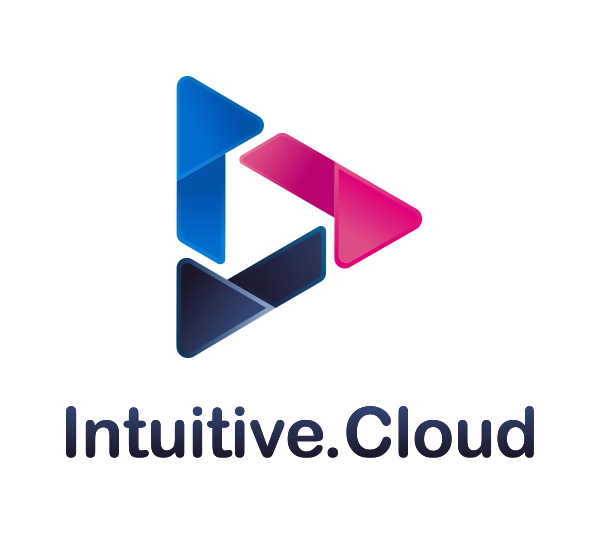Customer Impact & Key Challenges for Life Sciences
Customer Impact
Biopharma and biotech companies are racing against time to bring life-saving therapies to market faster, optimize clinical trials, and ensure security and compliance in a highly regulated environment. However, legacy IT infrastructure, rising cloud costs, fragmented data ecosystems, and AI adoption risks create barriers to innovation.
Key Challenges
Despite the potential of AI, cloud, and data-driven transformation, Life Sciences organizations face several critical challenges that hinder innovation and efficiency. Addressing these is key to success.
-
Regulatory & Compliance Complexity: Strict FDA, EMA, and HIPAA regulations require end-to-end compliance in AI, cloud, and data operations, creating operational bottlenecks.
-
Rising Cloud & IT Infrastructure Costs: Compute-intensive AI workloads drive high cloud costs, requiring FinOps frameworks to manage expenses effectively.
-
Fragmented Data Ecosystems & Interoperability Challenges: Siloed Clinical, Commercial, and Research data make it difficult to harness real-world evidence and optimize AI adoption.
-
Cybersecurity & IP Protection Risks: Biopharma and biotech companies face increasing threats targeting intellectual property and sensitive patient data.
-
Operationalizing AI in GxP Environments: Ensuring AI models, cloud transformation, and digital workflows align with GxP validation requirements without slowing innovation.
Life Sciences Impact Potential
By leveraging AI-powered IT solutions, Life Sciences organizations can accelerate drug discovery, streamline regulatory operations, and optimize cloud costs while ensuring GxP compliance. Here are some key impacts:
-
Accelerated Drug Discovery & Precision Medicine: AI-driven molecular modeling, biomarker discovery, and real-world evidence insights enhance drug efficacy and accelerate therapeutic pipelines.
-
Optimized Clinical Trials & R&D Workflows AI-driven automation improves clinical trial design, patient recruitment, and regulatory submission processes, reducing time to market.
-
Cloud Optimization & FinOps for AI: Cloud cost optimization can reduce cloud service spend by 30-40% for non-optimized workloads and also drive ongoing savings through cost-aware architecture reviews and ongoing optimization. Regular reviews of open source solutions, app consolidation, and scalable architecture for compute-intensive R&D workloads can drive better cost performance in a COTS-heavy life sciences tech landscape.
-
Enhanced Security & Compliance: AI-driven threat detection and Zero Trust architectures safeguard biopharma IP, PHI/PII, and research data, ensuring FDA, EMA, and GxP compliance.
